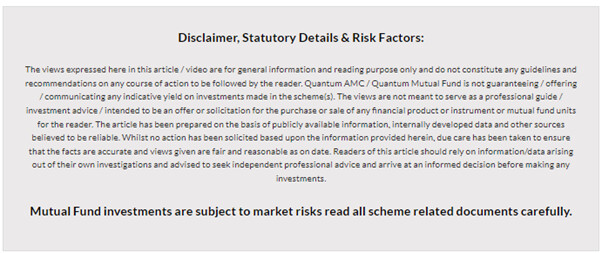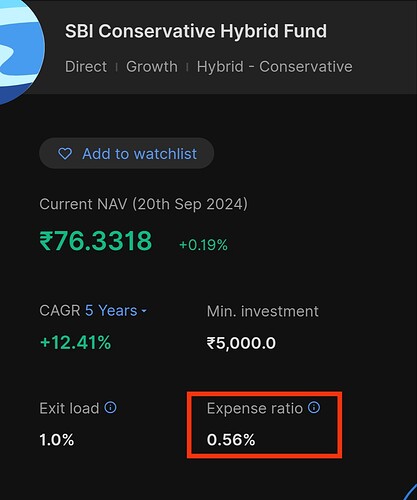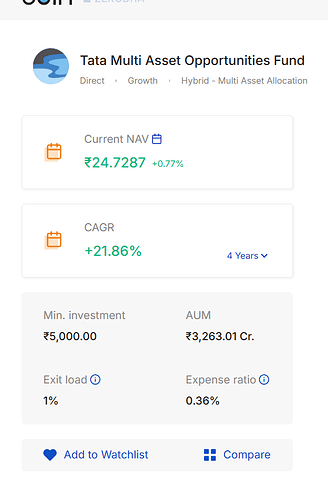In recent years, the financial landscape has undergone a transformation, marked by the rise of the retail investor and a notable shift of money from traditional household savings instruments to the capital markets. This phenomenon, often referred to as “The Great Migration”, is reshaping the investment ecosystem, democratising access to financial markets, and altering the dynamics of wealth creation. We glance at:
- The factors driving this migration,
- Its implications for the broader economy, and
- The challenges and opportunities it presents, for both individual investors and financial institutions.
The Evolution of the Retail Investor
Historically, investing in the capital markets was predominantly the domain of institutional investors and the wealthy investors. Retail investors—individuals investing on their own behalf—typically relied on traditional savings instruments such as fixed deposits, savings accounts, and real estate to preserve and grow their wealth. However, a confluence of factors has sparked a shift towards more active participation in the capital markets by retail investors.
1. Access to Technology: The proliferation of technology and the advent of online trading platforms have lowered the barriers to entry for retail investors. Today, individuals can access a wide range of investment options from the comfort of their homes, using user-friendly apps and platforms that provide real-time data, analytics, and trading capabilities.
2. Financial Literacy and Awareness: There has been an increase in financial literacy and awareness, driven by educational initiatives, and the availability of information online. Retail investors are now more informed and confident in making investment decisions, seeking higher returns potential through equities, mutual funds, and other capital market instruments.
3. Pandemic-Induced Market Participation: The COVID-19 pandemic played a crucial role in accelerating the rise of the retail investor. With lockdowns in place and economic uncertainties, many individuals turned to the stock market as a means of maintain financial stability or generating additional income. The market’s initial post-pandemic recovery further fuelled this trend, drawing more retail investors into the fray.
The Shift from Traditional Instruments to Capital Markets
This migration from traditional household savings instruments to capital markets represents a profound change in the way individuals manage and grow their wealth. The capital markets, offering the potential for higher returns, have become increasingly attractive as traditional instruments reduced their appeal.
1. Returns on Traditional Instruments: Fixed deposits, once a staple of household savings, offer returns that do not keep pace with inflation. As a result, the opportunity cost of holding money in such instruments has risen, prompting investors to seek alternative avenues that offer better returns, such as equities, bonds, and mutual funds.
2. Diversification Opportunities: The capital markets provide retail investors with a broader array of investment options, allowing for greater diversification. By spreading investments across various asset classes, sectors, and geographies, investors can manage risk and potentially generate returns.
3. Rise of Mutual Funds and ETFs: Mutual funds and exchange-traded funds (ETFs) have gained popularity among retail investors as they offer professional management, diversification, and liquidity. These instruments have become key vehicles for retail participation in the capital markets, enabling even small investors to access a diversified portfolio of assets.
4. Regulatory Support and Investor Protection: Regulatory bodies have played a pivotal role in fostering a conducive environment for retail investors. Enhanced investor protection measures, improved transparency, and streamlined processes have built confidence among retail investors, encouraging their participation in the capital markets.
Implications of the Great Migration
The migration of money from traditional instruments to capital markets has far-reaching implications for the economy, financial markets, and individual investors.
1. Increased Market Participation: The influx of retail investors has led to increased market participation, contributing to higher liquidity and trading volumes. This has also introduced a new layer of dynamism and fluctuations to the markets, as retail investors often exhibit different trading behaviours compared to institutional investors.
2. Wealth Creation and Economic Growth: By shifting the investments to the capital markets, retail investors are participating more directly in wealth creation and economic growth. This democratisation of finance allows a broader segment of the population to benefit from the potential returns generated by businesses and industries.
Challenges for Retail Investors
Despite the opportunities, retail investors face several challenges, including market fluctuations, the risk of uninformed investment decisions, and potential losses. The democratisation of access does not necessarily equate to democratisation of knowledge, and there is a need for ongoing education and guidance to ensure that retail investors can navigate the complexities of the markets effectively.
Changing Role of Financial Institutions
Financial institutions, including banks and asset management companies, are adapting to the needs of retail investors by offering more tailored products, digital platforms, and advisory services. The rise of the retail investor has also spurred innovation in financial products, catering to the diverse preferences and risk appetites of individual investors.
The key takeaway is that,
The Great Migration of money from traditional household instruments to the capital markets, driven by the rise of the retail investor, marks a significant shift in the financial landscape. This trend reflects broader changes in technology, financial literacy, and economic conditions that are empowering individuals to take a more active role in their financial futures.
Wrapping up,
While the opportunities for wealth creation are immense, so too are the responsibilities that come with increased market participation. For retail investors, financial institutions, and regulators alike, the focus must be on fostering an environment that supports informed decision-making, protects investors, and ensures the continued health and stability of the financial markets. As this migration continues, it is poised to reshape the way individuals invest, save, and build wealth for generations to come.

Mutual Fund investments are subject to market risks, read all scheme related documents carefully.

